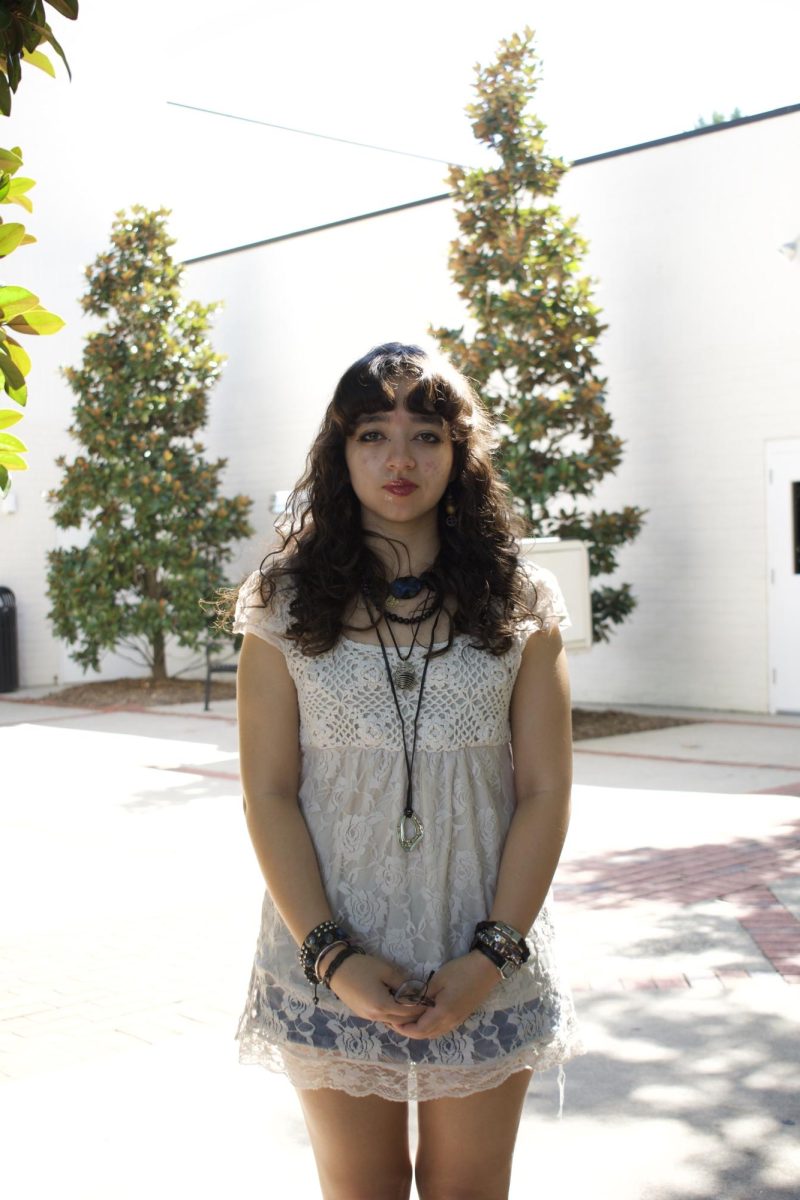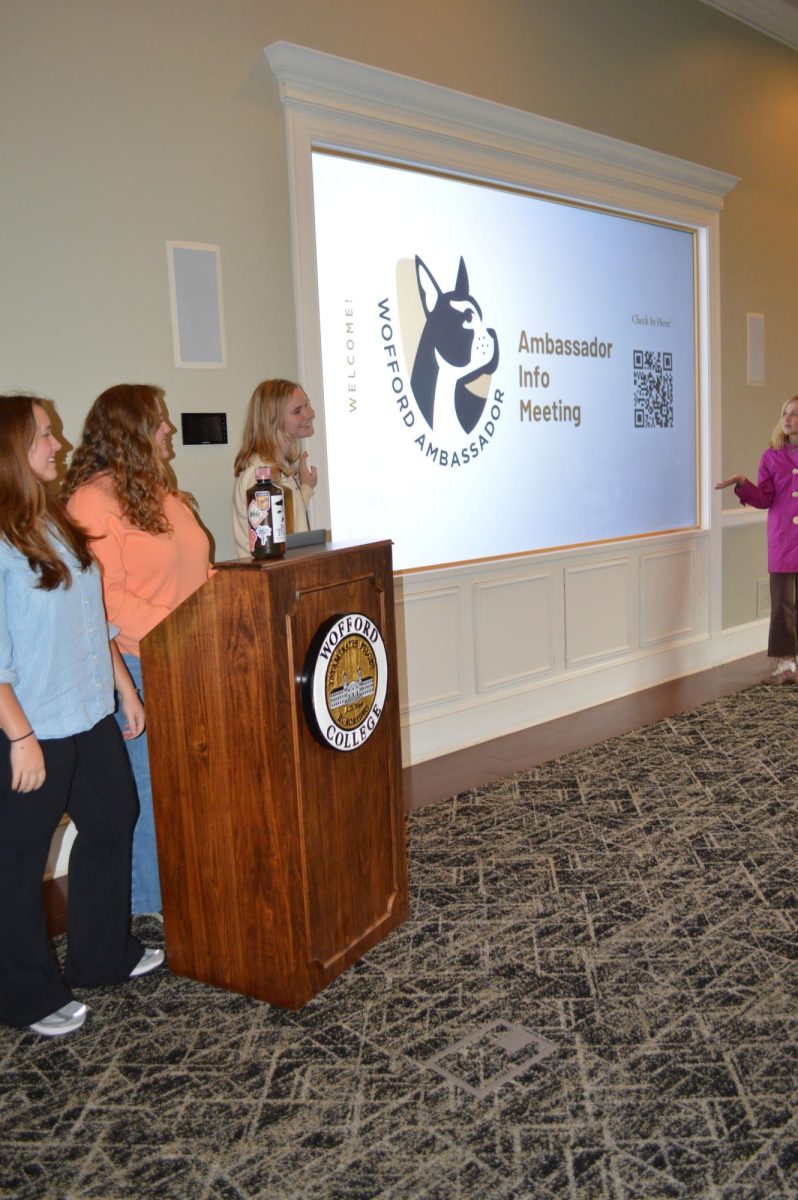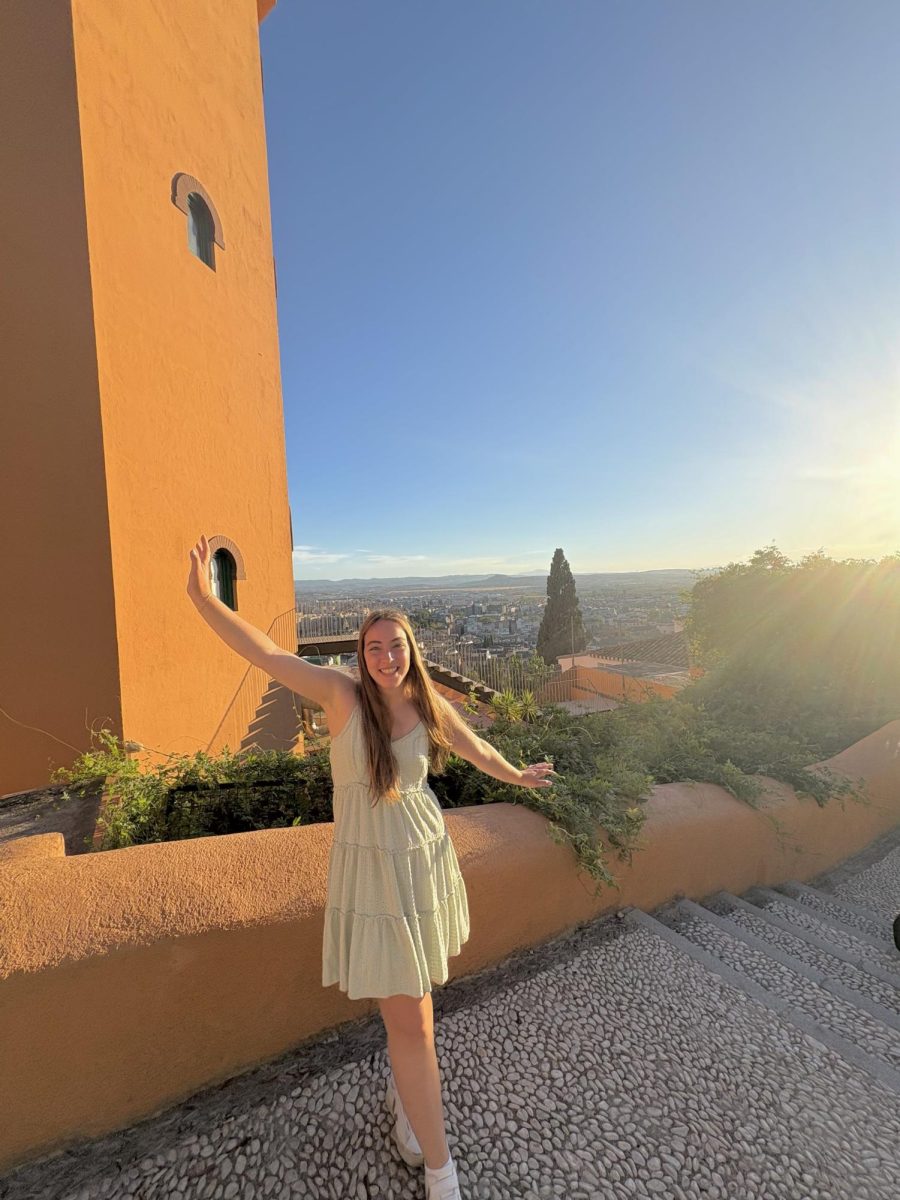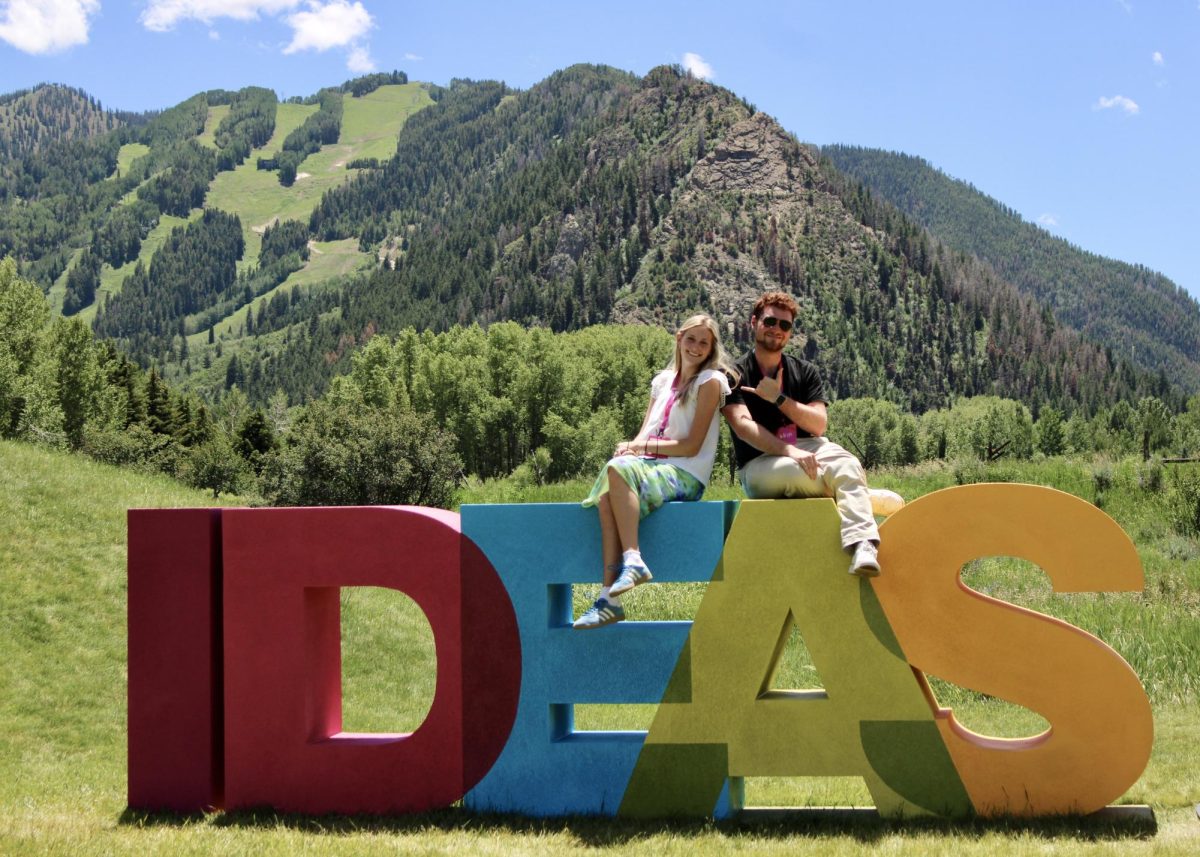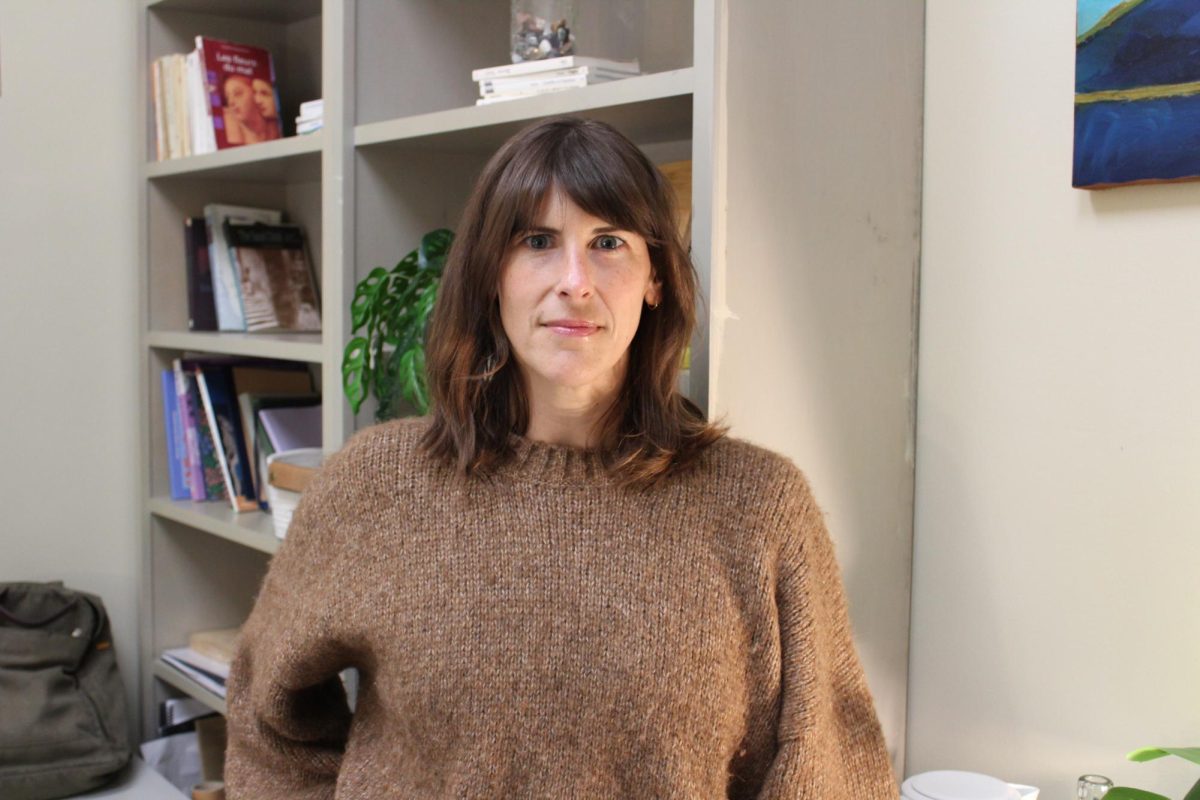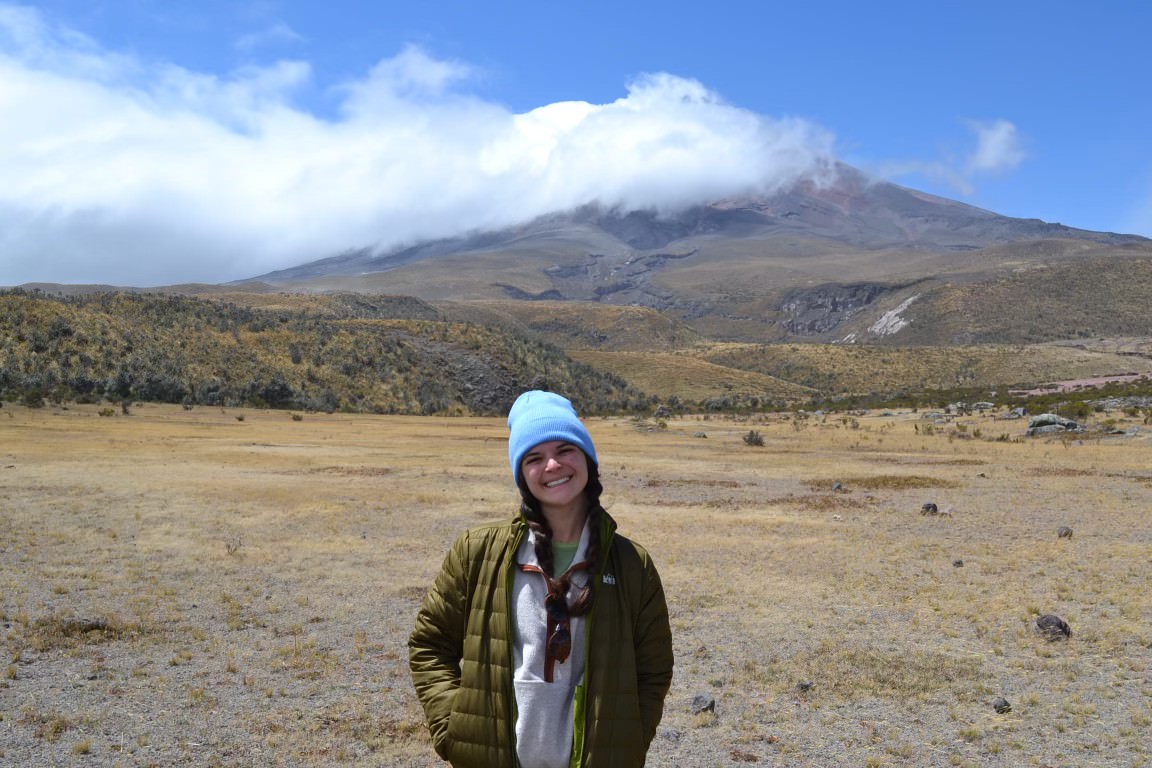An interaction with the Holocaust through mass tourism
In my time at Wofford, I have been assigned Elie Wiesel’s Night in three different classes by three different professors. Each time, my reading and interpretations of the memoir inhabit new metaphors as I reckon with the imagery that Wiesel employs.
Having chosen to study abroad in a country that was so heavily affected by the ravages of WWII, by both the Allies and Axis powers, comes with a set of expectations. All of my classes somehow relate to the war and each street you turn down in Vienna has a related monument. Whether there is a statue of Winston Churchill or a bronze plate on the sidewalk that signifies the deportation of Jews from the home that it is laid in front of, remnants of WWII can be seen everywhere.
I knew that during the time I was abroad I wanted to visit a concentration camp in order to gain a better understanding of the prisoners’ experiences and see with my own eyes the enormity of the Third Reich’s emphasis on the extermination of the Jewish population. However, it was not until I started researching my trip that I realized one of the closest camps to Vienna was Auschwitz.
While my classmates spent the weekend in Prague, the Alps and London, I boarded an eight-hour night train from Vienna to Krakow, Poland, followed by a one-hour bus ride to Oswiecim, home to chemical plants, 39,000 residents and the most notorious of the Nazi’s eight camps designed specifically for extermination.
When I arrived at the gates of Auschwitz I, I was surprised by the number of tourists that chose to spend a 27-degree day on a tour that took place mostly outside. The journalist in me wanted to ask everyone why they spent time and money to be transported miles from the nearest major city to tour the site that set the record for the most people having died in a single location. This only made me reevaluate why I was there.
I found myself irritated with the number of people walking down the narrow hallways of the former barracks, now turned museum. I felt rushed past the two-ton mound of human hair, pile of over 5,000 suitcases and rows of stolen prosthetic limbs and back braces. I wanted to spend more time reading the plaques and names chalked onto suitcases, but there were acres of ground to cover.

The gates marking the entrance to Auschwitz I. 
The “gates of death” standing behind the remnants of the barracks of Auschwitz II-Birkenau.
Throughout my time at the camp and later reflection, I was able to conclude that we are intrigued by things that are unfathomable to us, and the Holocaust is exactly that. I wanted to leave Auschwitz understanding why the Holocaust happened, and what occured over the course of nearly five years, in one afternoon.
The Holocaust is the epitome of the History discipline’s cliché slogan, “Those who do not remember the past are condemned to repeat it.” Yet, this was the phrase, by George Santayana, that my tour guide started and ended with. When he spoke these words, I realized that those at the Auschwitz site and memorial have a job that they are upholding, to inform as many people as they can about the atrocities of the Holocaust so that they are never forgotten. By guiding millions of people a year throughout the camp and getting them as close to the horrors of the Holocaust as they can, they are achieving their goal.
To that end, some of the first tour guides of the site were survivors, as well as the first director of the museum. And to the same end, millions of tourists from different countries make pilgrimage to wait in lines and shuffle through cramped halls, in an attempt to wrap their heads around the site of the largest genocide in history.



